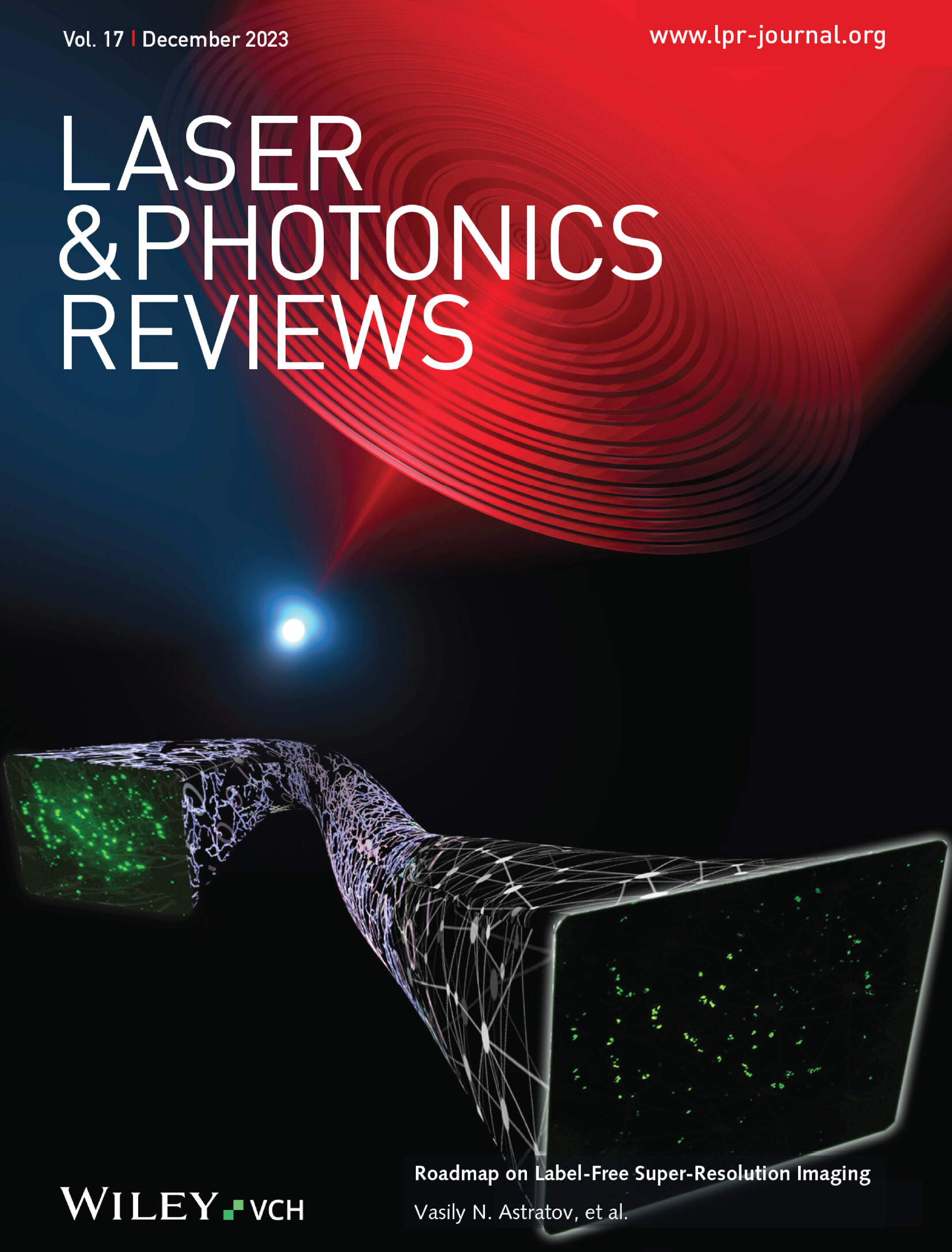Intensive Enhancement of Near-Infrared Emission in ZnAl2O4:Fe3+ via Li-Substitution for Application in Identifying Lithium Bearing Ores
IF 9.8
1区 物理与天体物理
Q1 OPTICS
引用次数: 0
Abstract
Owing to the extensive use of lithium compounds in various strategic emerging fields, the global demand for lithium minerals has surged in recent years. However, the existing spectroscopic techniques tend to be time-consuming and inefficient. As a result, there is an urgent need for the development of efficient and rapid methods for identifying lithium ores. Here, by choosing the environment-friendly Fe3+ ions as activators and ZnAl2O4 (ZAO) spinel oxide as the host, the novel Li+-sensitive materials of Zn1-xLixAl2O4:Fe3+ (ZLAO:Fe3+) near-infrared (NIR) phosphors are synthesized. The oxygen vacancy defect levels are reduced due to the occupation of interstitial sites by Li+, thus prohibiting detrimental electron trapping. Meanwhile, the site preference and valence state of Fe ions are altered by Li+ doping, resulting in more efficient utilization of excited electrons by Fe3+ in the octahedral sites for radiative transitions. Notably, the optimal ZLAO:Fe3+ (x = 0.4) phosphor presents a 53-fold higher NIR emission intensity than that of ZAO:Fe3+ and an outstanding thermal stability (86%@373 K, 74%@423 K). The NIR ceramic plates sensitive to additional Li+ are fabricated and their application in identifying lithium bearing ores is demonstrated. The proposed strategy initiates a new way to design Fe3+-activated NIR materials for multifunctional applications.

求助全文
约1分钟内获得全文
求助全文
来源期刊
CiteScore
14.20
自引率
5.50%
发文量
314
审稿时长
2 months
期刊介绍:
Laser & Photonics Reviews is a reputable journal that publishes high-quality Reviews, original Research Articles, and Perspectives in the field of photonics and optics. It covers both theoretical and experimental aspects, including recent groundbreaking research, specific advancements, and innovative applications.
As evidence of its impact and recognition, Laser & Photonics Reviews boasts a remarkable 2022 Impact Factor of 11.0, according to the Journal Citation Reports from Clarivate Analytics (2023). Moreover, it holds impressive rankings in the InCites Journal Citation Reports: in 2021, it was ranked 6th out of 101 in the field of Optics, 15th out of 161 in Applied Physics, and 12th out of 69 in Condensed Matter Physics.
The journal uses the ISSN numbers 1863-8880 for print and 1863-8899 for online publications.

 求助内容:
求助内容: 应助结果提醒方式:
应助结果提醒方式:


